Over a generation ago, pioneers Bud Williams and Dr. Temple Grandin helped reshape livestock handling and management  attitudes. They revolutionized the industry by adopting more humane, less stressful handling. Williams (who died in 2012) and Grandin (age 69 and a professor at Colorado State University) showed that by working with livestock’s natural behaviors, one can reduce animal stress and increase positive outcomes, ie, less sickness, fewer injuries, and better weight gains.
attitudes. They revolutionized the industry by adopting more humane, less stressful handling. Williams (who died in 2012) and Grandin (age 69 and a professor at Colorado State University) showed that by working with livestock’s natural behaviors, one can reduce animal stress and increase positive outcomes, ie, less sickness, fewer injuries, and better weight gains.
Over the years, ranchers have learned that if you keep cattle stress low, you will have better outcomes. Williams’ and Grandins’ work affected everything from facility, paddock, and pasture design to employee behavior (often slower, quieter movement, recognition of horseback versus pedestrian workers, less use of electric prods, etc.). Pressure is key, of course, but it matters how you apply it.
The days of Yahoo! and Yeehaw! are over.
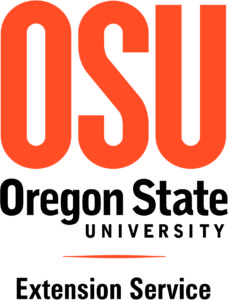 But what happens as you trace the handling back to these cattles’ early interactions with humans?
But what happens as you trace the handling back to these cattles’ early interactions with humans?
Now, a four-man group at Oregon State University and Treasure Valley Community College is designing a research project to quantify which methods are ideal for handling cattle on the range. The project results will undoubtedly interest scores of ranchers who, until now, have had no quantification of how their range treatment leads to outcomes further down the production line.
Chris Schachtschneider, assistant professor in the Department of Animal and Rangeland Sciences, OSU Extension Service of Umatilla and Morrow County, is the lead investigator for the new multi-year project that will follow stress on cattle from their first months until they are processed at slaughter.
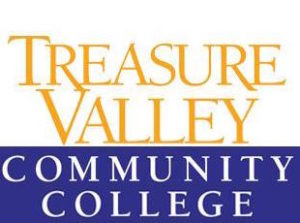 “There are a lot of claims out there as to what’s more stressful or less stressful, but there is not a lot of research,” said Schachtschneider. “If we can show that handling them a certain way on the range can ultimately put extra pounds on them, then that would be exciting.”
“There are a lot of claims out there as to what’s more stressful or less stressful, but there is not a lot of research,” said Schachtschneider. “If we can show that handling them a certain way on the range can ultimately put extra pounds on them, then that would be exciting.”
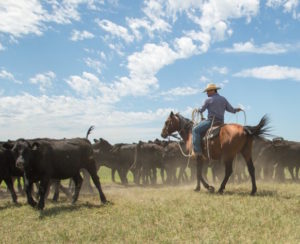 In his proposal to the Agricultural Research Foundation, Schachtschneider identifies distinct livestock handling methods. Citing Whit Hibbard’s book on early cattle handling in this country, Schachtschneider writes that three traditions persist:
In his proposal to the Agricultural Research Foundation, Schachtschneider identifies distinct livestock handling methods. Citing Whit Hibbard’s book on early cattle handling in this country, Schachtschneider writes that three traditions persist:
— The vaqueros of California were well known for their horsemanship and roping…but cattle were only valued for their hide and tallow and often handled brutally.
— The Texan cowboys are known for the long cattle drives with large herds…cattle were sold by the head and volume was the priority…cattle were ramrodded and driven based on fear and pain to hurry them to the sale yard.
— The Midwestern manner in handling livestock originated in England and mainland Europe where herd size was small and each animal had great value. Methods such as penning animals at night, selective breeding, castration, and feeding stock in the winter were common practice.
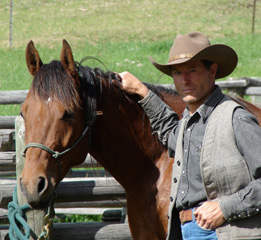
Whit Hibbard
In the Great Basin (the Oregon-Nevada-Idaho area where the research will be conducted), stockmen have acquired and blended these methods and generally exhibit, said Schachtschneider, “vaquero horsemanship and roping skills, the cutting horse abilities from the Texans, and the husbandry traits of the mid-westerners.”
Schachtschneider noted that even the title of the research project has challenged them, given some possible prejudices and preconceived notions. “The term ‘low-stress livestock handling’ is similar to ‘natural horsemanship.’. Many people use this term to market their training program, but has become less meaningful nowadays. I want to be careful not to label this project in a way that it is instantly dismissed based on the name. Yes, I do use the term “low-stress,” i, but we realize this may not be the best term. Something like ‘Williams’ style Stockmanship’ might be better until we can figure out what to call it,” he said.
This year, the group (which includes fellow OSU academic Sergio Arispe, along with Treasure Valley Community College instructors Wade Black and Jared Higby) will focus on bringing ranchers on board and making sure handling is uniform. Ranchers will train in low-stress handling (from teachings of Bud Williams and Steve Cote) to ensure consistency. Animals will be randomly sorted into four groups:
— Traditional handling in the corral
— Traditional handling holding rodear
— Low-stress trained handlers in the corral
— Low-stress handlers holding rodear.
When measuring for handling impact on each individual animal, the group will administer four tests:
— Salivary cortisol will be collected.
— Heart and respiratory rate will be measured
— Aversion tests (evaluating cattle’s willingness to move in the desired direction, the speed at which they move, speed of handlers, and the number of animals, and amount of physical intervention (pats on rump, shouting, flapping of flag/paddle/lariat, or use of electric prod) needed to achieve desired action.
— Efficiency of method will assess how long it takes to complete the desired task for one animal and for the herd, as well as how many people are required for each treatment.
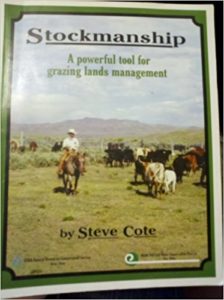
Required reading for research participants: Steve Cote’s book on Stockmanship
It’s taken months of planning and a joining of talents to build the project, said Schachtschneider, who previously studied how cattle grazing in certain settings can help deter wild fires. Dr. Arispe excels at the physiological aspects of the study and will focus on test administration. Black (son of Martin Black) and Higby have impressive ranch experience.
“All four of us have joined forces and we want to make sure the findings are rock solid when we put it all together.”